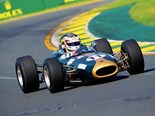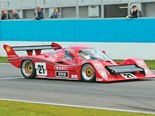1972 73S-1 March: Past Blast
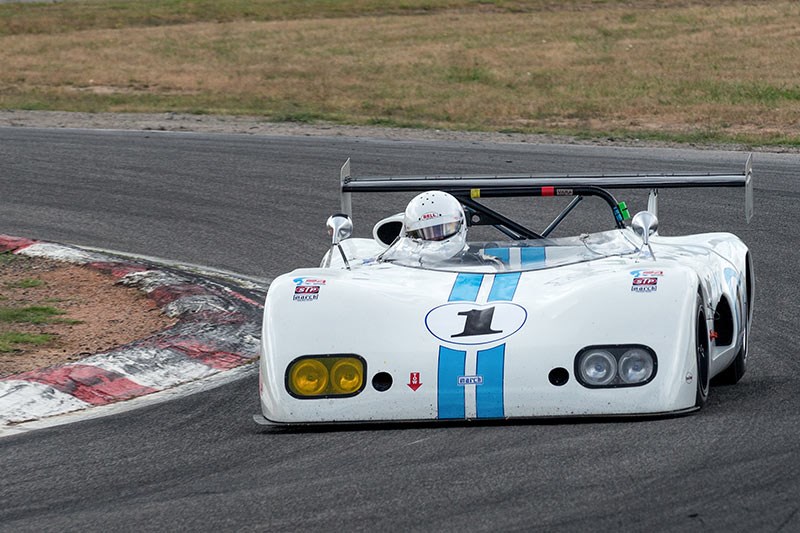

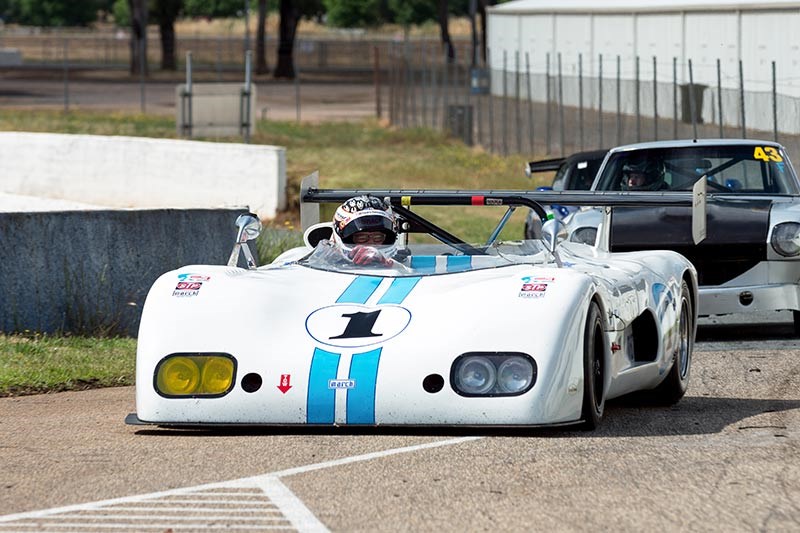

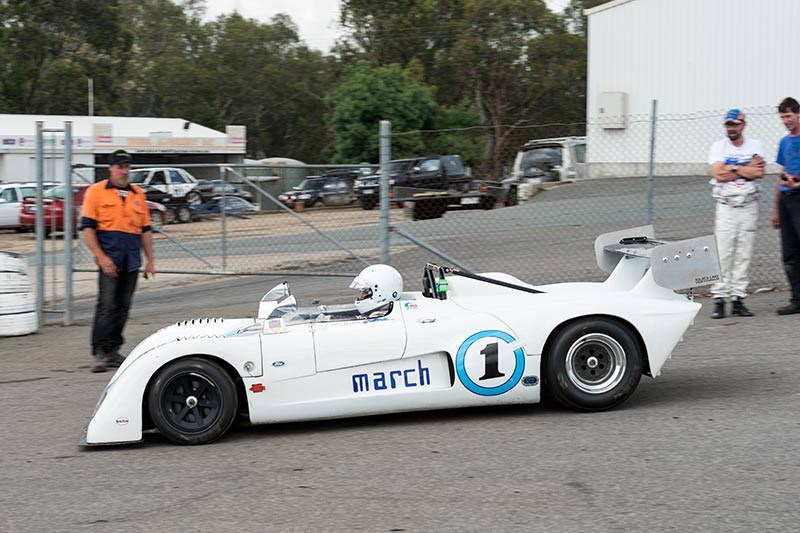

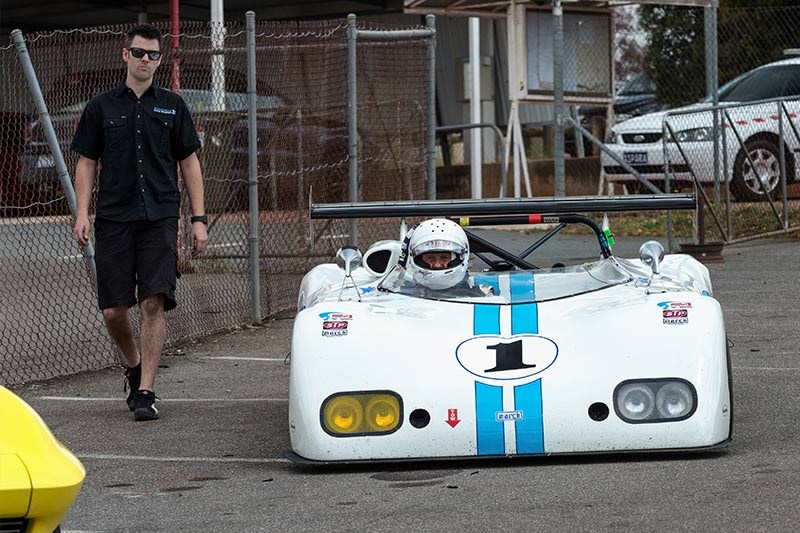


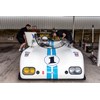
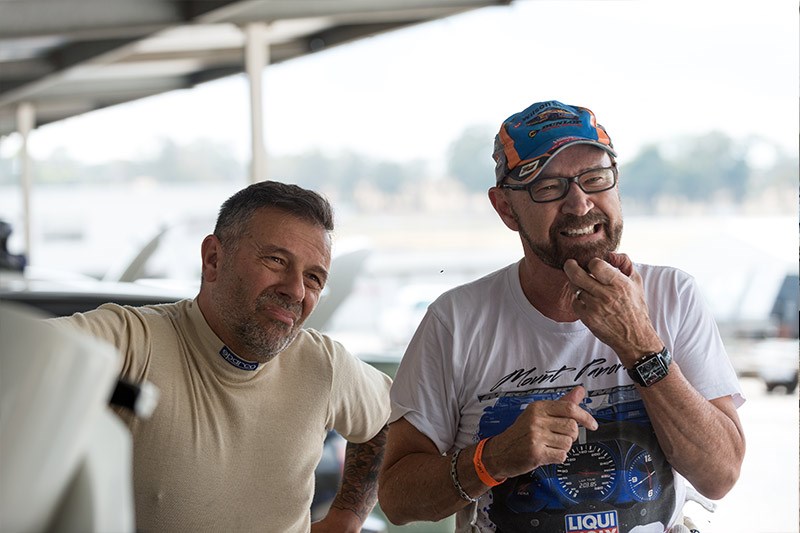

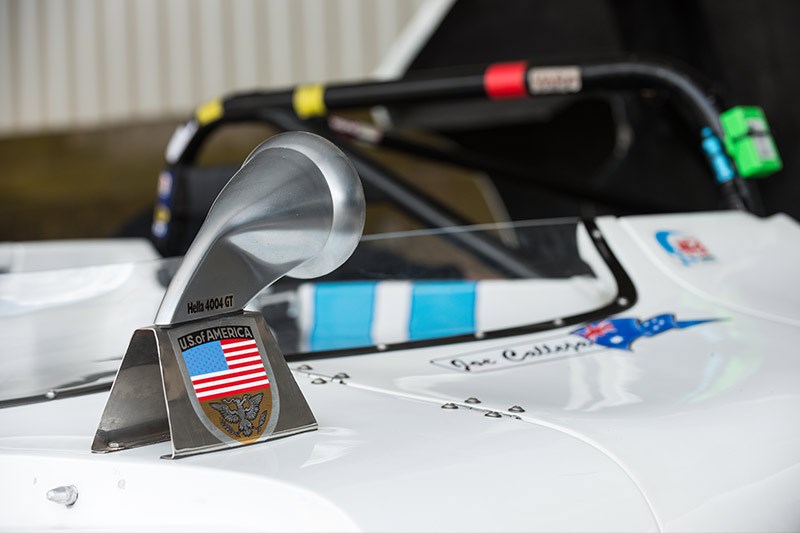

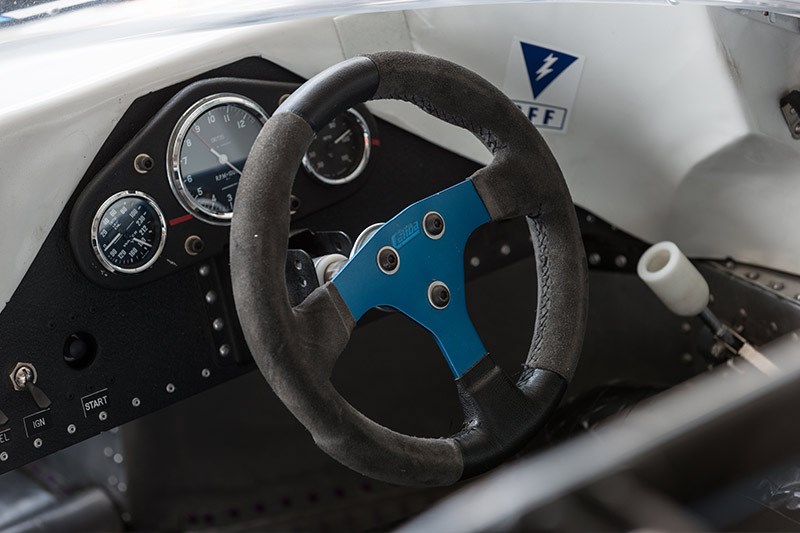


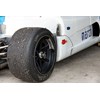
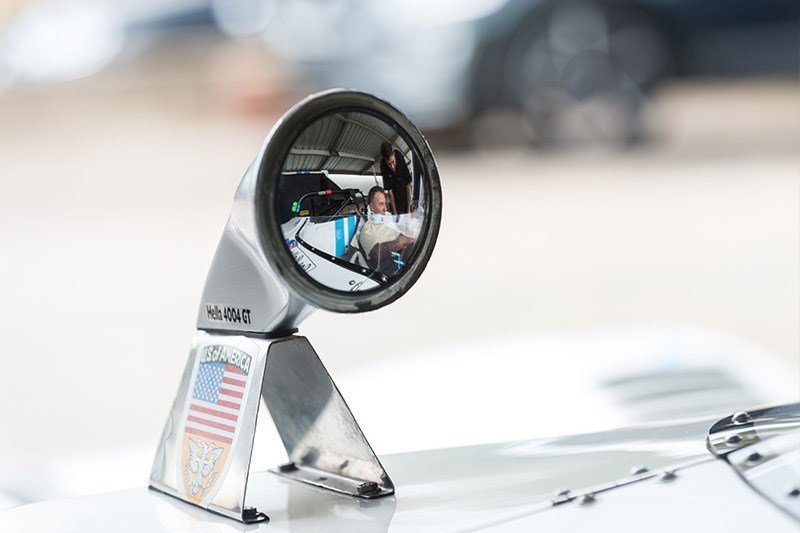




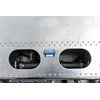
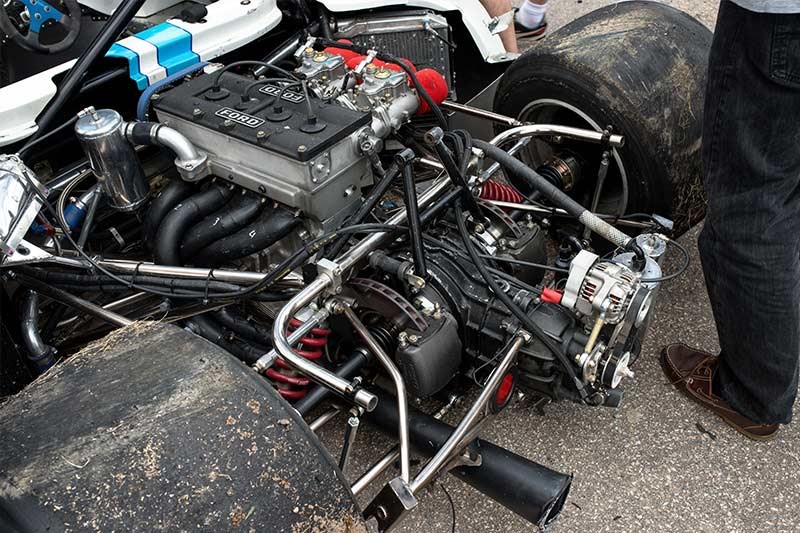



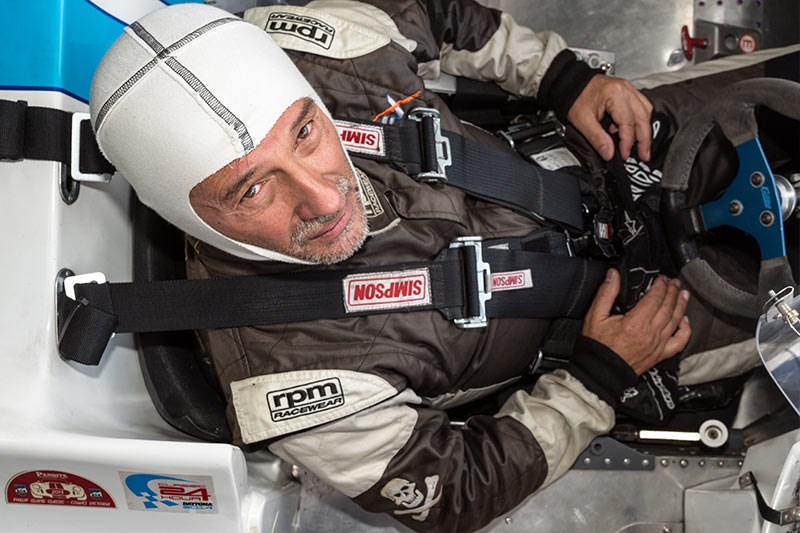

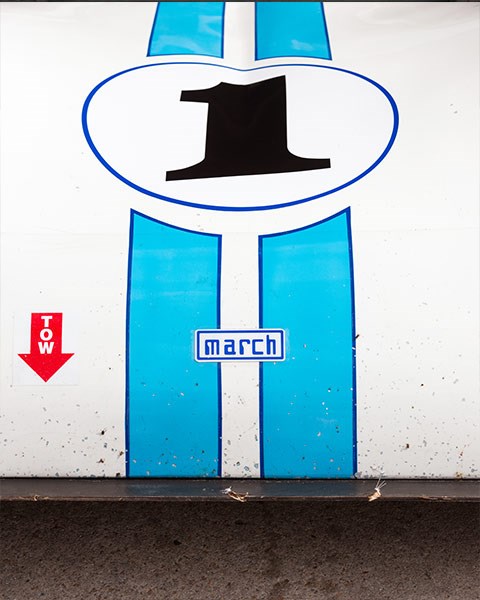

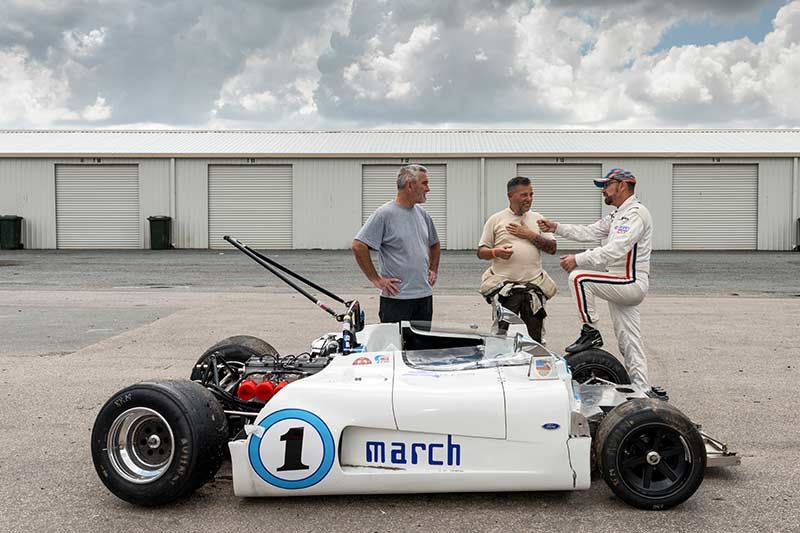



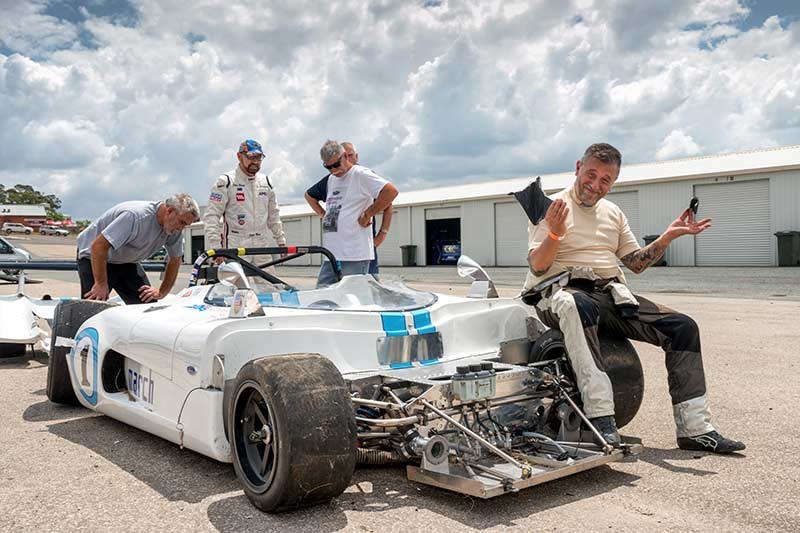

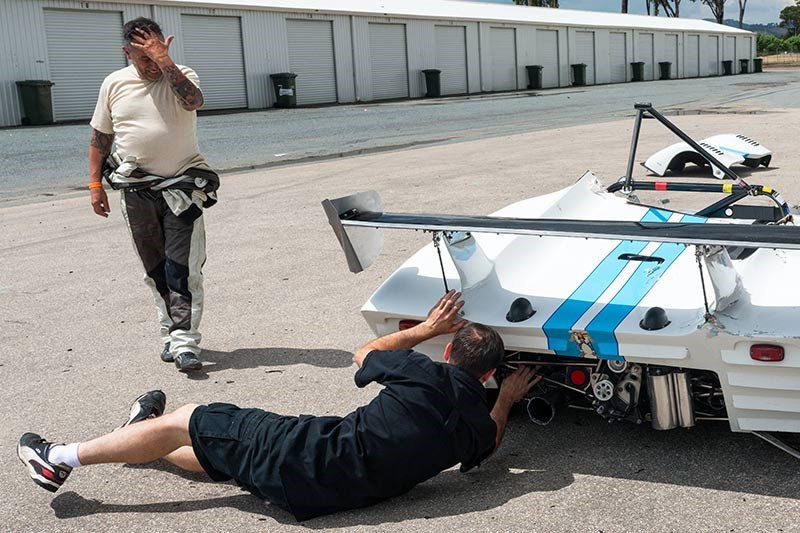

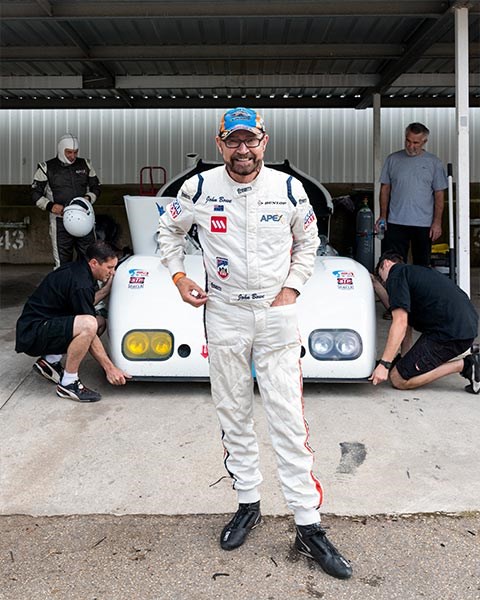




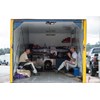

|

|

|

|

|

|

|

|

|

|

|

|

|

|

|

|

|

|

|

|

|

|

|
It survived the Nurburgring, Watkins Glen and Kyalami. How about Winton Raceway? John Bowe pedals an ex-Lauda and Scheckter racer from the 1970s
1970 73S-1 March
I’ve been racing for more than 40 years so I’ve had a lot of experience on both sides of the Armco., but for someone getting into the sport late in life, the learning curve is steep and there are bound to be chicanes along the way, as my mate Joe Calleja recently found out.
Joe began collecting and racing historic cars on the wrong side of 50 and I’ve been working with him since we met on a Lamborghini drive day. You’ll probably remember his beautiful 1974 March 741 Formula One car and the ’66 Corvette that we raced at the Goodwood Revival last year. In early 2015 he bought a March 73S sports car after seeing it at the Phillip Island historics.
Unfortunately, like most used race cars it wasn’t exactly how it was represented and Steve Mekarios had to do a lot of work on the chassis and Peter Larner had to rebuild the engine. That’s one of those expensive chicanes I was talking about. Still, it’s a pretty car with good provenance and we took it to Winton Raceway for its first shakedown after the rebuild.
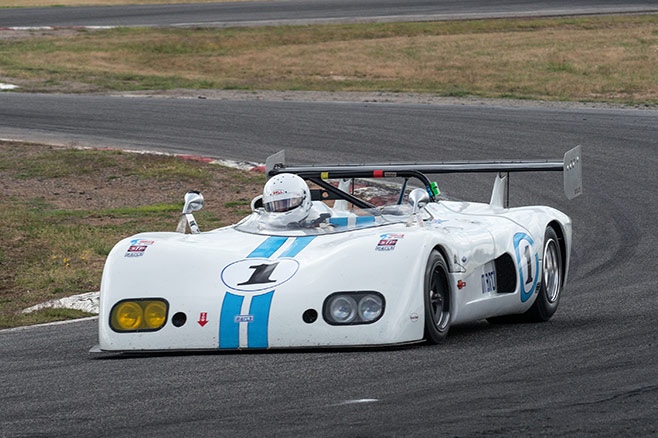
Two-litre sports car racing was very popular in Europe in the early 70s with March, Chevron, Lola, Osella and GRD building cars. March Engineering built nineteen 73S chassis for various teams that used BMW, Cosworth and Abarth engines but the BMW M-12 was the gun unit. Joe’s March (chassis number 1) was raced by a number of top drivers including Niki Lauda and Jody Scheckter who finished fourth in it in the 1972 Kyalami Nine Hours when it was a works car.
Scheckter raced the car five times and it was in action at classic tracks like Zeltweg, Nurburgring, Imola, Misano and Clermont-Ferrand in the European Two-Litre Sports Car Championship as well as Watkins Glen in the US.
Back then it had the 300hp M-12 engine which was an evolution of the early 1960s M10 unit and, in 1500cc guise, would be the basis for the turbocharged 1500hp M-13 engine used by Brabham F1 in the early 80s. Joe’s car now runs a 275hp Cosworth BDG with Webers instead of the Lucas fuel injection the M-12 had. The transmission is the ubiquitous five-speed Hewland FT200 with a stumpy right-hand shift.
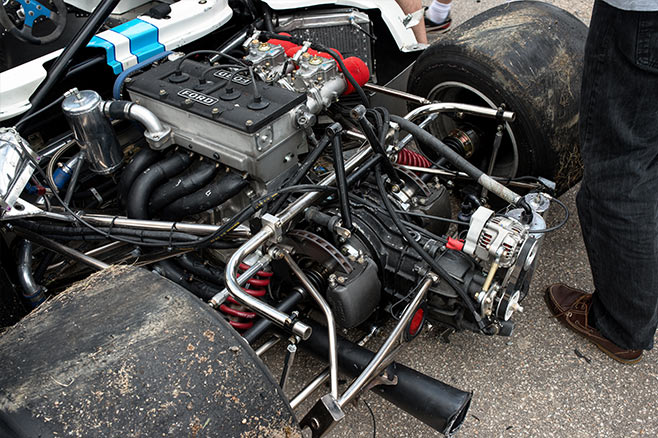
The 73S pre-dates the era of under-car aerodynamics but it has a big rear wing, deep front splitter and wedge bodywork and looks like a small Can-Am car.
With an alloy tub, magnesium bulkhead, wheels and uprights, and a fibreglass body it only weighs about 700kg and has meaty 13x10 and 13x13.5-inch rubber.
Suspension is wishbones with outboard springs and dampers and inboard rear brakes to keep unsprung weight down. The brakes are small by today’s standards but they stop well because of the low weight and fat tyres.
I did five installation laps so I could brief Joe on the way it drives. I’ve raced a lot of open wheelers and the March feels much like an F2 car of the same era. It’s a bit weird to sit in at first. The seat is mounted squarely but your legs are off-set towards the middle of the chassis and the steering wheel is on a different angle again, so your body is contorted. But when you start it up and hear that wonderful Weber induction noise from the airbox
beside your head, you forget all about the driving position.
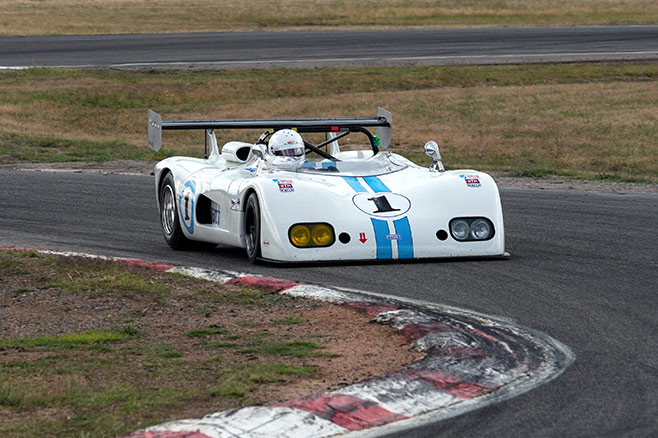
On track, the bodywork generates quite good downforce and mechanical grip and steering feel are really good. The brake pedal is quite solid but braking distances are very short and turn-in speeds are quite high and the car felt very pinned to the road with just a little understeer, which you’d probably prefer. This is a 150mph car and takes a fair bit of commitment to drive really quickly because the engine doesn’t have a lot of torque and power runs out around 8000rpm.
After my laps I sat down with Joe to brief him on what to expect. I wanted him to get the feel of the engine and tyre grip and let his brain and body get used to what’s going on because he started racing in his Corvette and it’s a world away from the delicate March. To me the gearbox was a potential problem.
The shifter is too short, it’s canted over at an angle, not upright, first is on the dog leg, and it only needs tiny movements of the shifter to change gears.
With a dog gearbox, the faster you change gears the better, but the gate is very narrow and unfortunately Joe wrong-slotted it at the start of his second lap – he went from third to second instead of fourth which locked the rear wheels and he spun into the pit wall. It’s so easy to do and there are probably thousands of drivers with more experience who have made the same error. Luckily Joe was okay but the rear of the car was damaged and needed bodywork repairs and new uprights among other things. Joe was obviously disappointed but he’s an enthusiast and he understands that it’s all part of that steep learning curve. He was hoping to race the car at the Phillip Island Classic in March, which is where this story started.

A few weeks after the crash we were back at Winton with the rebuilt March for Joe’s second test. As well as fixing the crash damage, the guys at Synergy had taken the gearbox apart and realigned the selectors and fabricated a new gearshift lever that is longer and sits at a different angle, which makes it easier to shift gears. Mileage is everything when you’re still learning and Joe did about 60 laps. Apart from one harmless spin right at the end of the
day, he made really good progress.
SPECIFICATIONS
1972 March 73S-1
ENGINE 1998cc Ford-Cosworth BDG 4-cyl
POWER 205kW @ 8800rpm
TORQUE 244Nm @ 7000rpm
GEARBOX 5-speed Hewland FT200
SUSPENSION wishbones (f), multi-link (r) coil-over
SHOCKS (f & r)
BRAKES discs
WEIGHT 700kg (approx)
Unique Cars magazine Value Guides
Sell your car for free right here
Get your monthly fix of news, reviews and stories on the greatest cars and minds in the automotive world.
Subscribe

.jpg)








